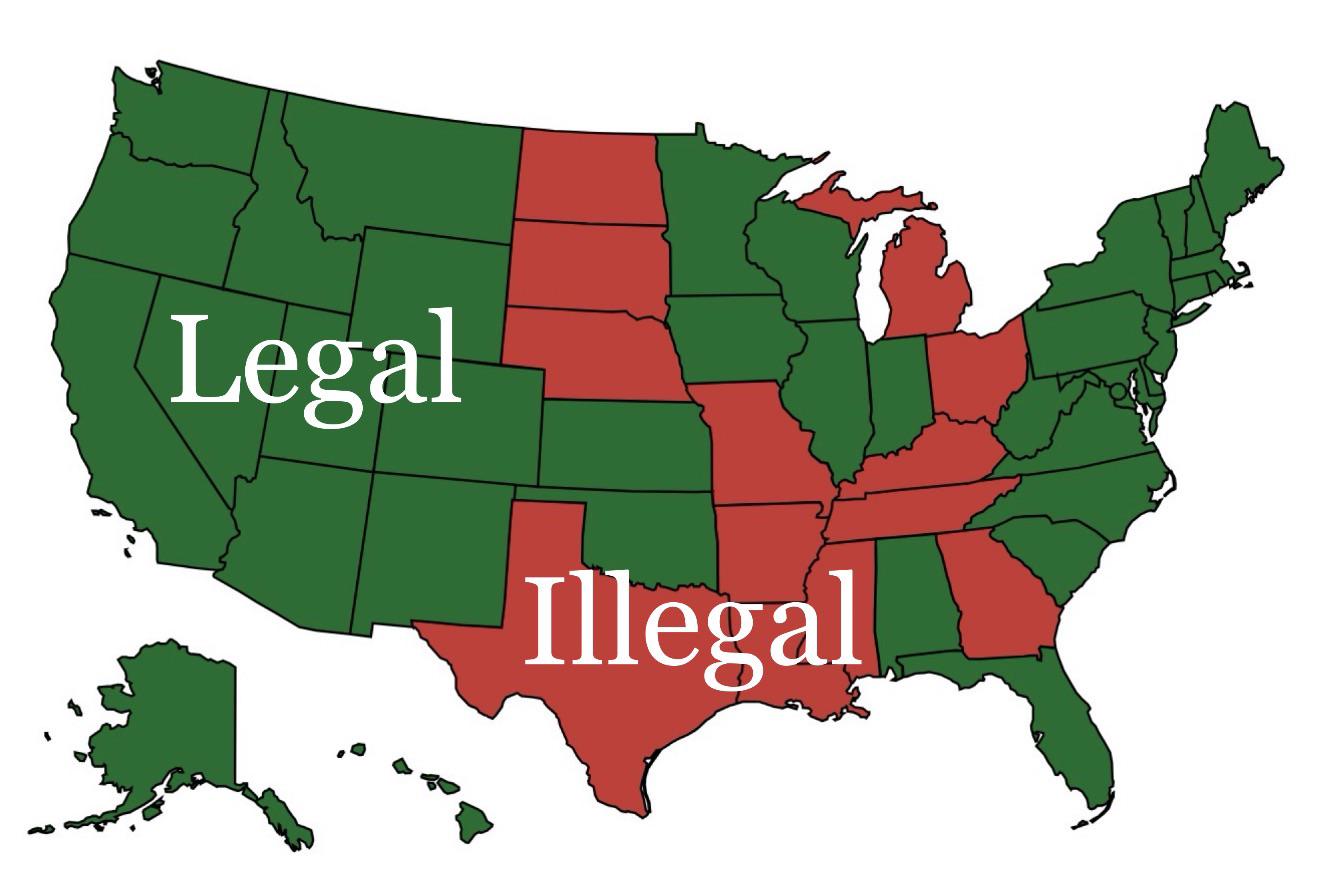Gay Marriage Legal Status Map in the US


Marcus Rodriguez
Historical Geography Expert
Marcus Rodriguez specializes in historical cartography and geographic data analysis. With a background in both history and geography, he brings unique...
Geographic Analysis
What This Map Shows
This map provides a detailed overview of the legal status of gay marriage across the United States prior to the landmark Supreme Court case Obergefell v. Hodges in 2015. It highlights which states had legalized same-sex marriage, which had bans in place, and those with civil unions or domestic partnerships. Understanding this landscape is crucial for grasping the evolution of LGBTQ+ rights in the U.S. before federal recognition changed everything. The visualization effectively captures the varying legal frameworks that existed, reflecting a patchwork of acceptance and resistance.
Deep Dive into Gay Marriage in the U.S.
The fight for gay marriage in the United States has been a complex journey marked by significant social, legal, and political developments. Before Obergefell v. Hodges, the legal status of gay marriage varied widely from state to state. Some states embraced same-sex marriage early on, while others maintained strict bans, often rooted in cultural and religious beliefs.
Interestingly, Massachusetts became the first state to legalize same-sex marriage in 2004 after the Massachusetts Supreme Judicial Court ruled that denying marriage to same-sex couples was unconstitutional. This pivotal moment set off a wave of advocacy and activism across the nation. Over the next decade, additional states followed suit, with varying degrees of political and public support.
By 2015, when Obergefell v. Hodges was decided, 36 states had legalized same-sex marriage, either through legislation, court rulings, or popular referendums. However, a significant portion of the country—particularly in the South and Midwest—remained opposed. States like Alabama and North Dakota had constitutional amendments explicitly banning same-sex marriage, reflecting deep-seated societal divisions.
The opposition often cited traditional definitions of marriage, but as public opinion shifted, so did the legal landscape. Polls showed an increasing majority of Americans supporting gay marriage in the years leading up to the Supreme Court case. This societal change was crucial in influencing lawmakers and judges alike.
In the years before Obergefell, many states also enacted civil unions or domestic partnership laws as a compromise. While these arrangements provided some legal protections and rights, they fell short of granting the full benefits and recognition that marriage offered. This patchwork of laws contributed to a complex legal environment where same-sex couples often found themselves navigating a maze of regulations, depending on where they lived.
Regional Analysis
Examining the map more closely, we see distinct regional differences in the acceptance of gay marriage. For instance, the Northeast and West Coast emerged as progressive strongholds. States like California and New York had made significant strides, with California legalizing same-sex marriage in 2008, although it was later overturned by Proposition 8. New York followed suit in 2011, solidifying its status as a leader in LGBTQ+ rights.
Conversely, the South presented a stark contrast. States like Mississippi and Arkansas had not only banned same-sex marriage but also enacted laws that further restricted LGBTQ+ rights, such as the 'Religious Freedom Restoration Acts.' This region was often characterized by a more conservative stance on social issues, which was reflected in the legal frameworks surrounding marriage.
In the Midwest, the situation was mixed. States like Illinois moved forward with legalization in 2013, while others, notably Indiana, faced significant backlash when they attempted to pass laws perceived as discriminatory against LGBTQ+ individuals. This juxtaposition of progressive and conservative approaches highlighted the ongoing cultural battles over marriage rights.
Significance and Impact
Understanding the legal landscape of gay marriage before Obergefell v. Hodges is vital as it reflects broader societal attitudes towards LGBTQ+ rights. The patchwork of laws not only affected the lives of same-sex couples but also resonated in areas like healthcare, taxation, and adoption rights. The disparities in legal recognition often led to confusion and inequality, demonstrating how legislation can shape the daily lives of individuals.
Moreover, the eventual ruling of Obergefell v. Hodges was not just a legal victory but also a cultural milestone, symbolizing the culmination of decades of advocacy and activism. The decision struck down state bans on same-sex marriage, ensuring that all couples had the right to marry nationwide. This historic ruling also paved the way for ongoing discussions about LGBTQ+ rights, including issues like discrimination protections and transgender rights, which continue to be pertinent today.
As we move forward, it’s essential to recognize the historical context of these changes and how they inform current debates and policies. The journey toward equality is ongoing, and understanding the map of gay marriage before 2015 provides critical insight into the struggles and triumphs that have shaped the present-day landscape for LGBTQ+ rights in the United States.
Visualization Details
- Published
- October 15, 2025
- Views
- 34
Comments
Loading comments...